As you may have realized by now, I’ve got my fingers in a number of pies. This post deals with some laboratory studies I have been doing with fog, which Todd Dawson has shown matters quite a bit for vegetation (and particularly for redwoods). Fog might matter at the Blue Oak Ranch Reserve too, suppressing transpiration and providing some additional water in the hot summer months. At this point we don’t really know how important fog is for BORR, as our fog studies are only recently starting to pick up steam. In addition to the leaf wetness sensors we’ve installed at just about every node at the site, we’ve developed some image analysis software to automatically detect fog events recorded by our wildlife cameras and installed a harp collector to collect fog drip for isotope analysis. And now, we have the fog box.
The fog box is our laboratory setup for comparing measurements of our leaf wetness sensors to what we might expect to actually accumulate on plants. In addition to making me feel like MacGyver, tackling this project has given me significant bang-head-against-wall experience with dataloggers and electrical sensors such as those sold by Measurement Specialties. My experiments are housed in a plexiglass box, which I found collecting dust in Todd’s basement lab. I use another slab of plexiglass as a lid by securing it using some cheap clamps. Inside the box I’ve got a micro fog generator and one of our leaf wetness sensors. A couple of holes drilled into the top of the box serve as a port for getting the wires out of the box and an access point for the load cell, which I mounted outside of the fog box to prevent water damage and measurement interference. A piece of wire attached to the load cell dangles into the box, to which I can attach vegetation samples. We use a datalogger to take automated measurements of the leaf wetness sensor and load cell outputs.
Since the amount of fog depositing on vegetation samples is tiny, we invested in an amplifier to beef up the load cell’s capabilities for measuring fog water mass. The fog generator works well, although I had to get some wire mesh to cover the fog generator and prevent water from splashing on our samples. A fan is also needed to circulate air, as without it the fog just pools at the bottom of the box. After burning out three different fans, I finally forked over the money for a waterproof model.
While I was initially very skeptical of the capabilities of the leaf wetness sensors, the preliminary data coming from our experiments suggests that we can actually use the sensors to estimate the intensity of a fog event, and maybe even to estimate fog water deposition on vegetation. I’ll let you know once I’ve convinced myself one way or another.
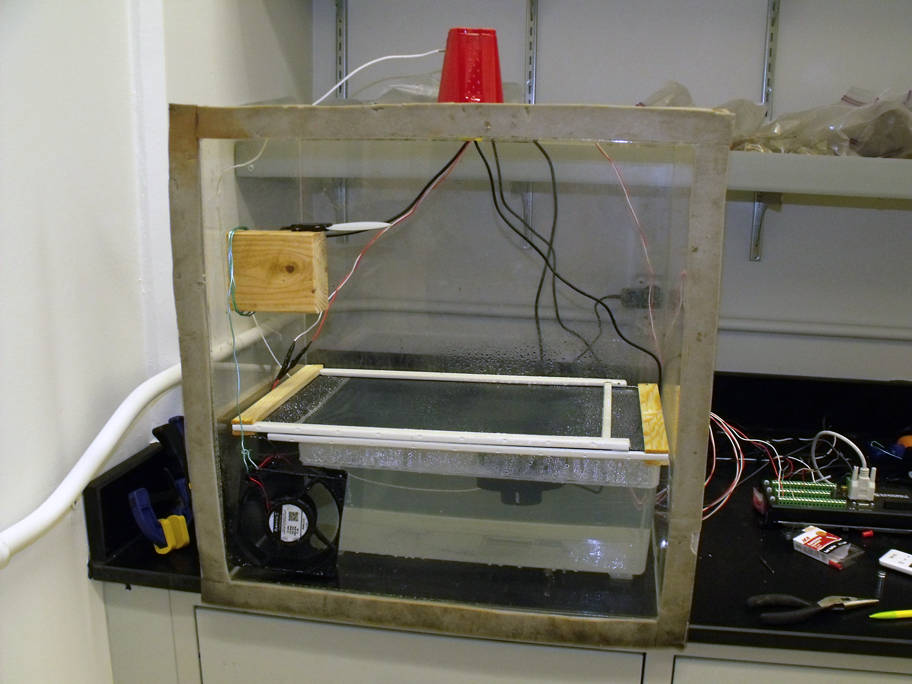
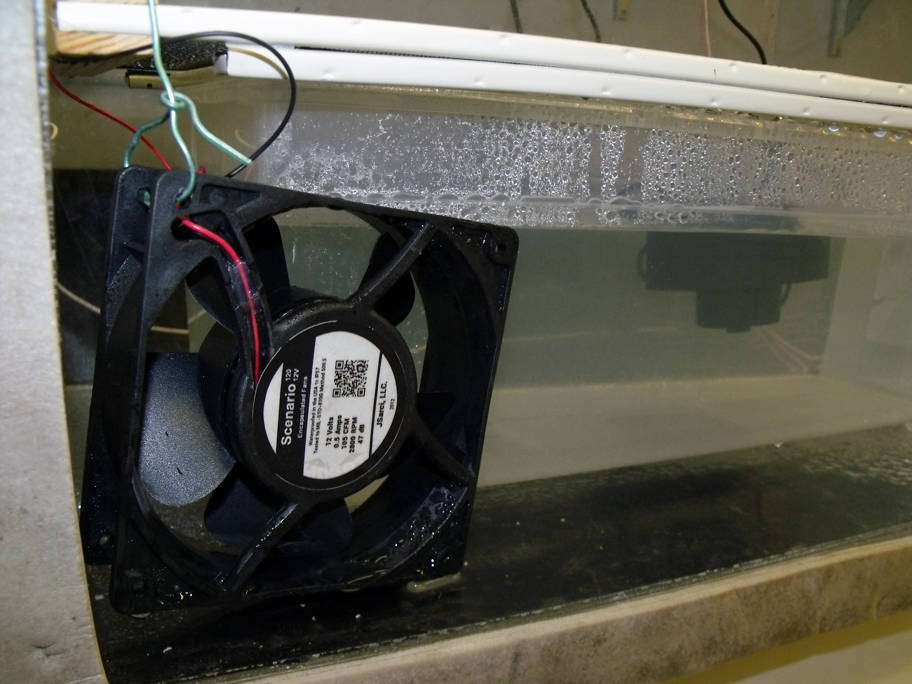
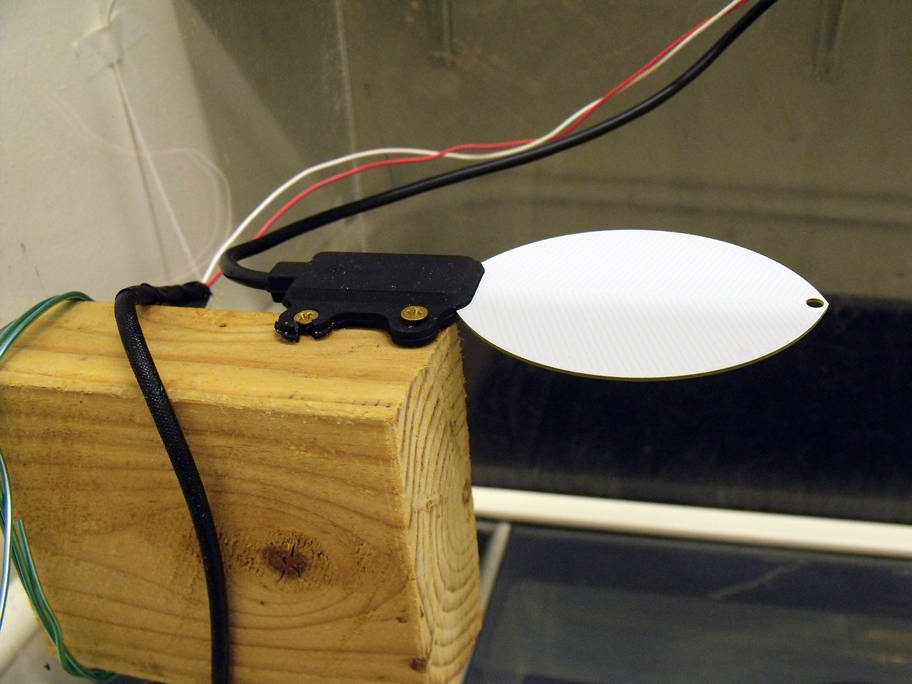
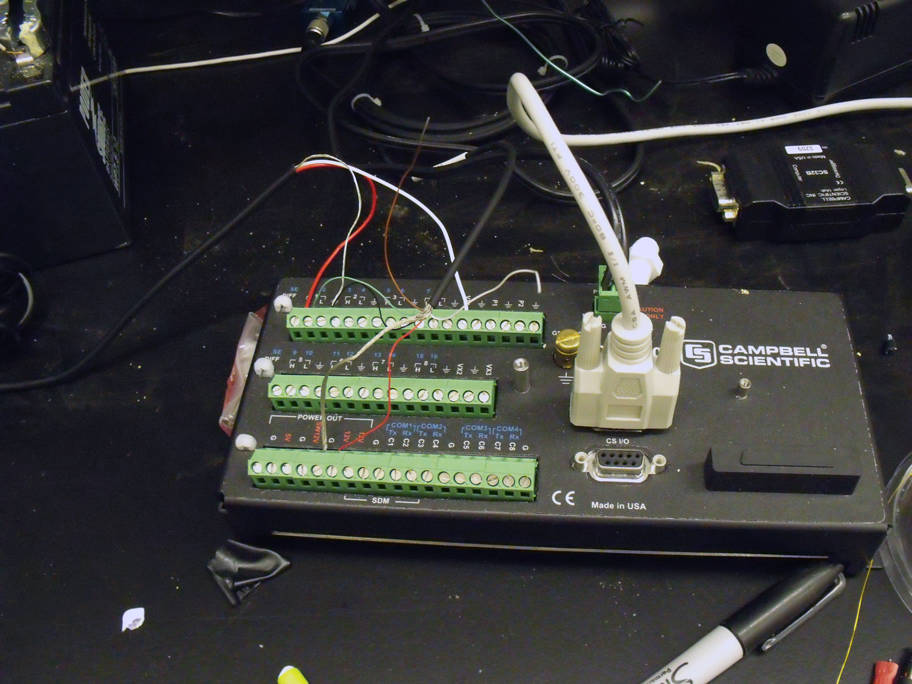
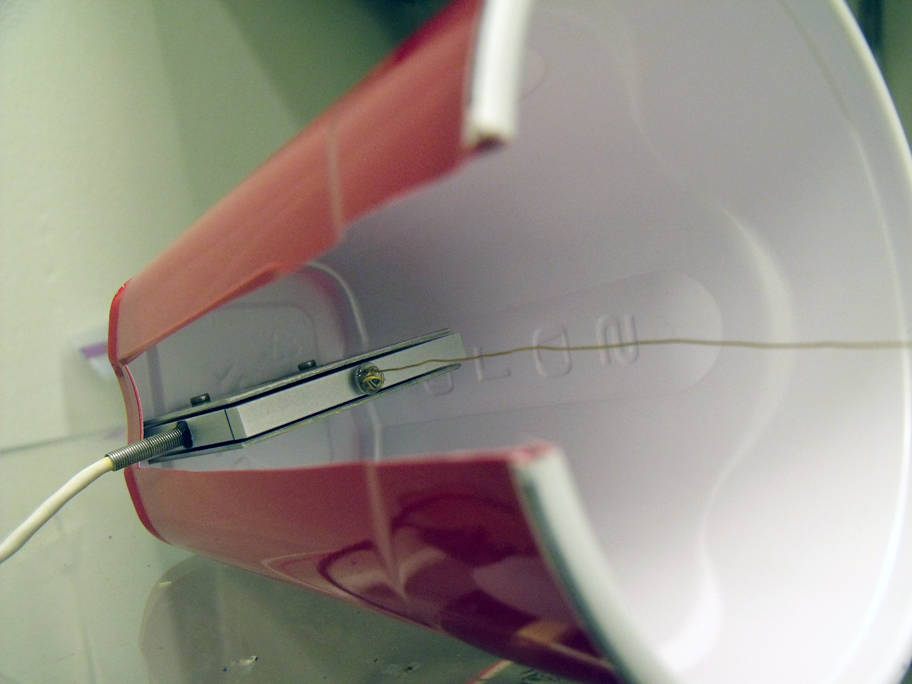
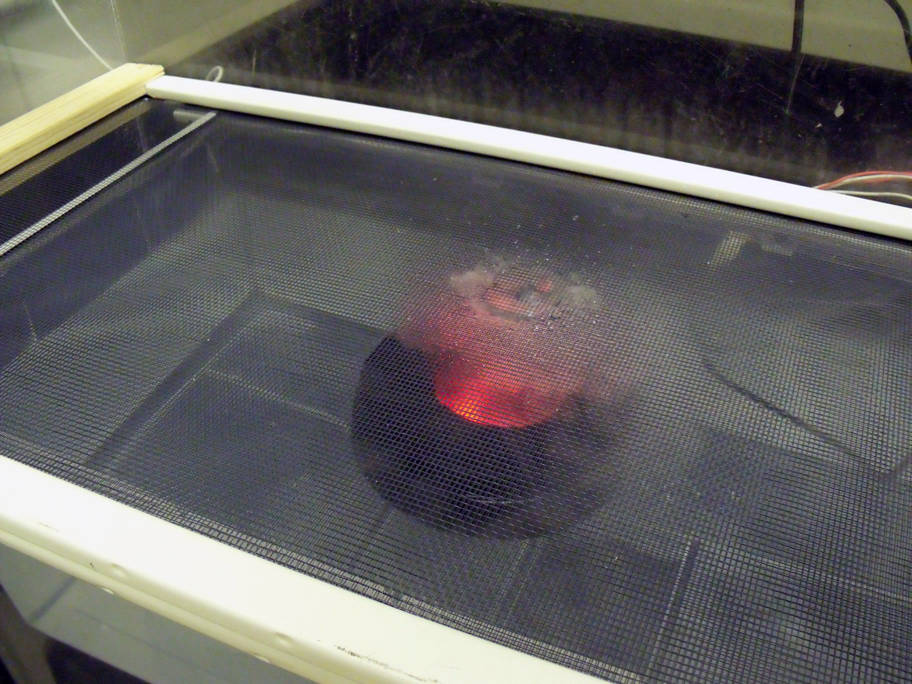

Comments
Want to leave a comment? Visit this post's issue page on GitHub (you'll need a GitHub account).